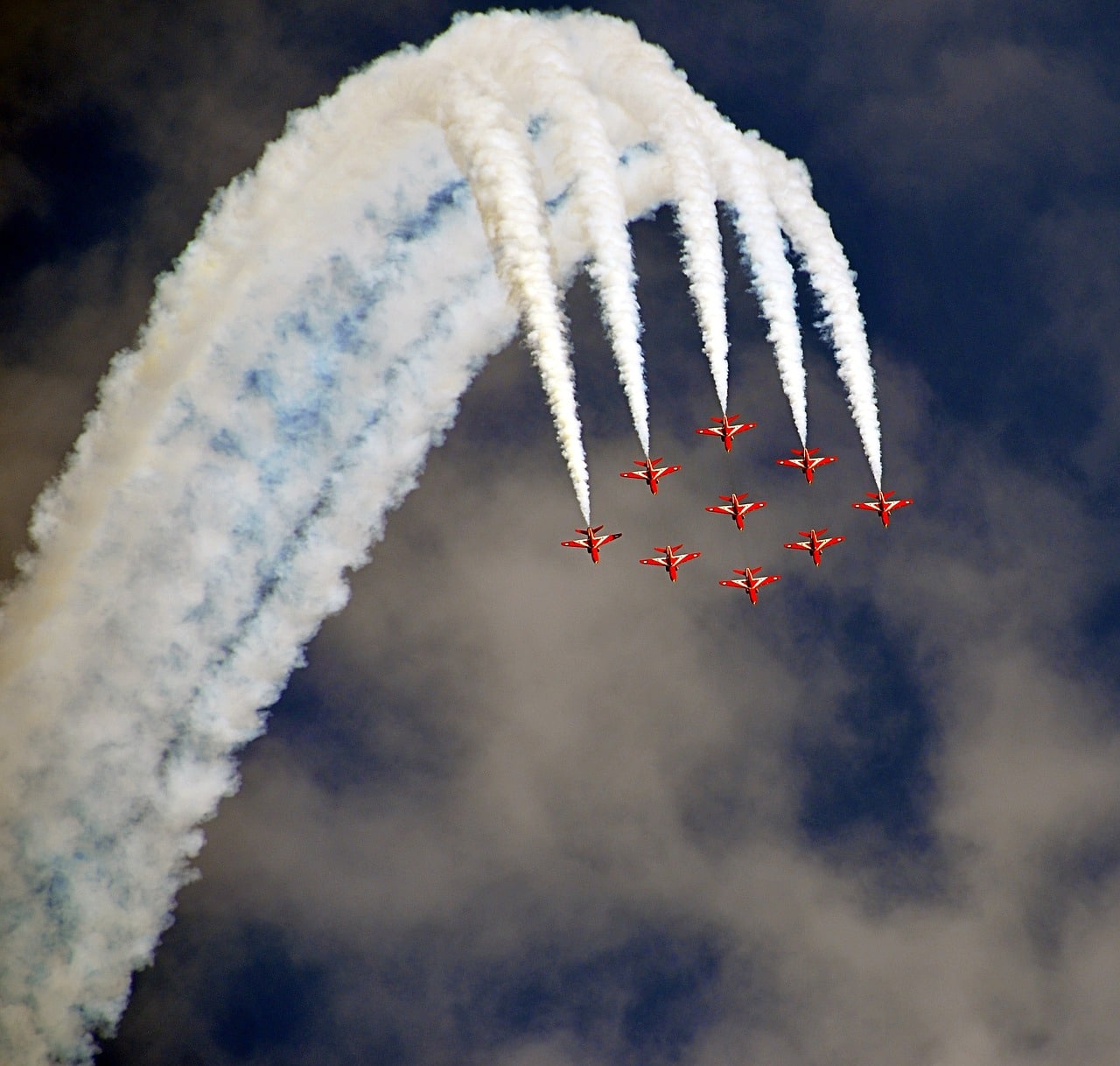5 Amazing Facts About The F-14 Fighter Jet
The F-14 Tomcat, a legendary American supersonic fighter jet, has left an indelible mark on the world of aviation. Developed by Grumman and introduced into service with the United States Navy in the early 1970s, the F-14 became an iconic symbol of American air power. While it was officially retired in 2006, the F-14’s reputation as a powerful and versatile fighter endures. In this article, we’ll delve into five amazing facts about the F-14 Tomcat, shedding light on its remarkable history and capabilities.
Swing-Wing Design
One of the most distinctive features of the F-14 is its swing-wing design. This innovation allows the aircraft to adjust the position of its wings mid-flight, optimizing performance for different mission requirements. When fully extended, the wings are set in a forward position, enhancing lift and stability for takeoff and landing. In contrast, when swept backward, the wings reduce drag, enabling the F-14 to achieve supersonic speeds. This flexibility made the F-14 one of the most versatile aircraft of its time, capable of both air superiority and ground attack missions.Iconic Appearance
The F-14’s unique appearance, with its twin-engine nacelles and tandem-seat cockpit, gives it an instantly recognizable profile. Its variable geometry wings, combined with a sleek fuselage, exude an air of power and sophistication. The distinctive “Tomcat” nickname adds to its mystique, conjuring images of speed and agility. The F-14’s appearance has earned it a place in pop culture, with numerous appearances in movies and TV shows, most notably in the classic film “Top Gun,” where it gained further fame.Phoenix Missile System
The F-14 was designed to be an air superiority fighter, and its primary armament showcased this intent. The Phoenix missile system was one of the most remarkable features of the F-14’s arsenal. These long-range, radar-guided missiles had the ability to engage multiple targets simultaneously, a capability virtually unmatched at the time. This made the F-14 a formidable adversary in aerial combat, as it could engage enemy aircraft from extended distances. The Phoenix missile system was an integral part of the F-14’s success in the air-to-air combat arena.Carrier-Based Operations
The F-14 was specifically designed for carrier-based operations. It was adapted to withstand the punishing conditions of aircraft carrier takeoffs and landings, featuring robust landing gear, tailhooks, and reinforced structures. The ability to operate from aircraft carriers gave the U.S. Navy a valuable asset for protecting maritime interests and projecting power across the globe. The F-14’s carrier-based capabilities made it a crucial component of the Navy’s air fleet.Extensive Service Record
The F-14 had a remarkable service record spanning over three decades. It was employed by the United States Navy and the Islamic Republic of Iran Air Force. During its time in the Iranian Air Force, the F-14 showcased its combat prowess during the Iran-Iraq War, often facing off against the Iraqi Air Force’s Mirage F1 and MiG-23 aircraft. The F-14’s long service life and adaptability were testaments to its engineering and design, making it one of the most iconic fighter jets in aviation history.Conclusion
The F-14 Tomcat remains a symbol of American aviation excellence, renowned for its unique swing-wing design, iconic appearance, and impressive combat capabilities. Its role as an air superiority fighter, carrier-based operations, and extensive service record underscore its significance in the annals of military aviation. Although officially retired from active duty, the F-14’s legend lives on, securing its place in the history of aviation and in the hearts of enthusiasts and aviation aficionados worldwide.RECENT POSTS
Pegasus Airlines neemt Smartwings en Czech Airlines over voor 154 miljoen euro
Pegasus Airlines neemt Smartwings en Czech Airlines over voor 154 miljoen euro
The psychology of travel: How to avoid stress and addictive habits in airports
Why Flight Trackers and Casino Players Use the Same Risk Assessment Skills
Online Casino Games for Aviation Enthusiasts and Travelers
META
CATEGORIES
















 Gold-dev
Gold-dev November 17th, 2023
November 17th, 2023 0 Comments
0 Comments


Leave a reply